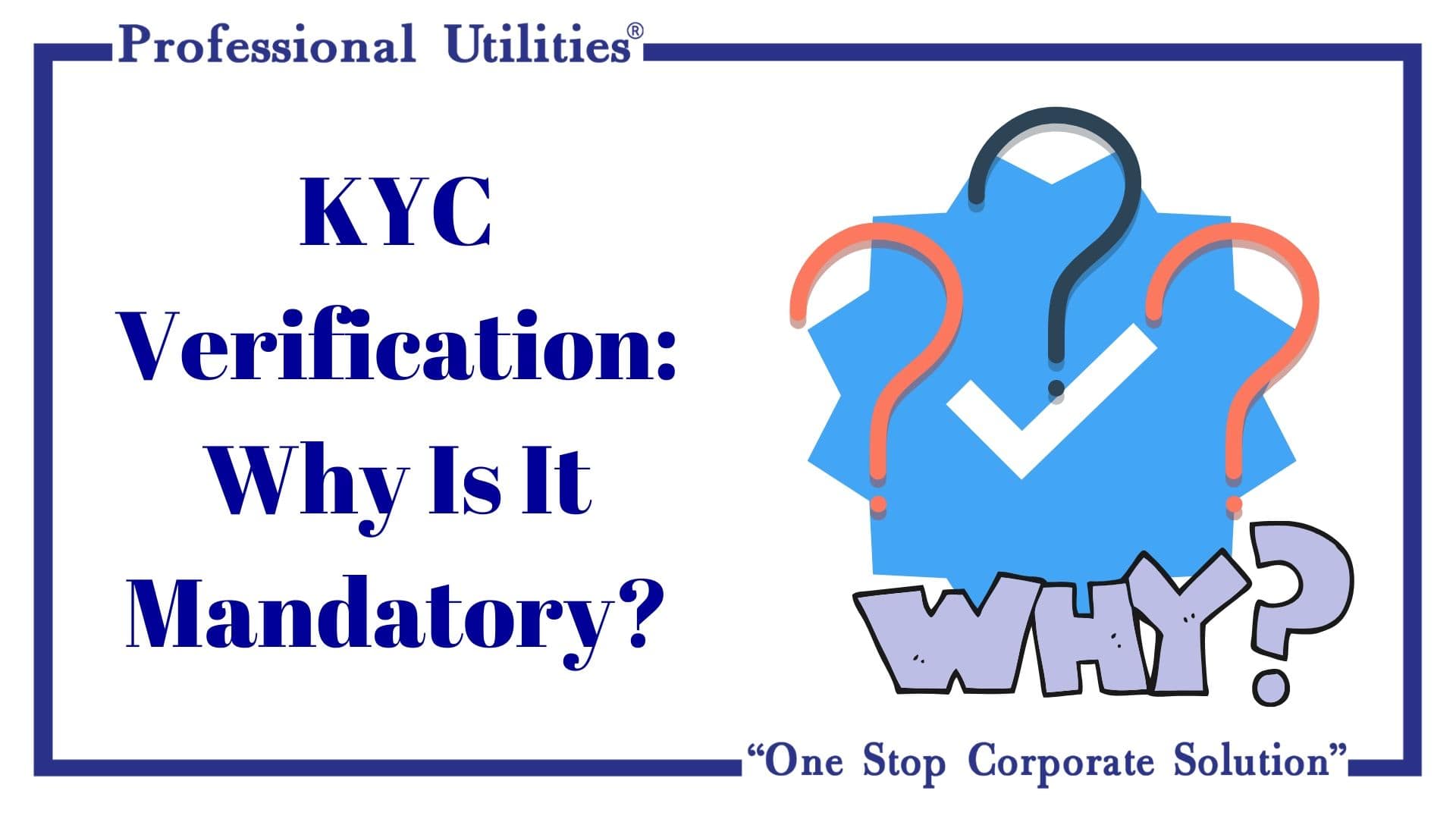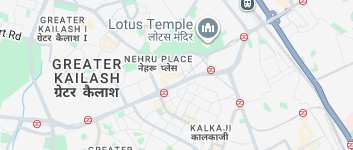
A good economy is essential for the proper functioning of the government. It removes financial issues such as corruption, money laundering, and terrorist financing. One of the ways in which this can be done is by practising transparency across all the legal and financial proceedings. Not just the government authorities, but it is also important for the public to stay true and abide by all the laws set by the government.
Several new methodologies are being used by the government for data management, verification and regulation of the citizens for the legal and financial procedure. One such method is the KYC (Know Your Customer).
What is KYC?
The full form of KYC is ‘Know Your Customer’. Under this activity, banks fetch information about the identity and address of their clients. It is done to make sure banks’ services are not misused. While opening bank accounts and at the regular intervals, KYC is done.
KYC helps to ensure that banks‘ services are not misused. The procedure is to be completed by the banks while opening accounts and also periodically.
Introduced back in 2002 by RBI (Reserve Bank Of India), this is a mandatory legal and regulatory procedure that has to be carried out by all the financial and legal institutions. KYC aims at the verification and validation of the details of an individual which helps in protecting from any sorts of fraud or illegal activities.
Under the requirements mentioned in the guidelines by the RBI for KYC and also according to the Prevention of Money Laundering Act, 2002 (PMLA), all the banks have to mandatorily lay out the rules and regulations for KYC procedure.
When to fill the KYC form?
An individual has to fill the KYC (Know Your Customer) form in certain situations, which include:
- Opening a bank account
- For mutual funds and investments
- Applying for a loan
- Getting a credit/debit card
- During other financial procedures and verifications
The list of KYC documents that have to be submitted while filling the KYC form is mainly of two types:
- Identity proof
- Address proof
The officially valid KYC documents as identity proof for the KYC form include the following:
- Driving license
- Aadhar card
- PAN card
- Bank passbook (with a photo attached)
- Passport
- Voter ID
The list of officially valid KYC documents as identity address proof includes the following:
- Utility bills (which include electricity or mobile bills)
- Voter ID
- Bank passbook
- Driving license
- Passport
- Rent agreement
- Ration card
- Aadhar card
How to do KYC registration?
The registration for KYC can be done in three ways:
- Online KYC registration
- Offline KYC registration
- Biometric authentication based on Aadhar
Online KYC registration
Under the online KYC registration, there are further two methods through which this can be done. These include:
- Aadhar OTP
- Aadhar-based biometric KYC
- Open any of the KRA websites some of which include NSE, NDML, and others.
- Enter all the required details according to the Aadhar card.
- Next, verify the details through the OTP sent on the registered mobile number.
- After this, the application has to be submitted.
- Once submitted, the application has to be verified by the UIDAI.
- Further, the KYC status check can be done through the portal.
For the Aadhar-based biometric KYC, an individual has to apply online, after which an executive belonging to KRA (KYC registration agency) visits the individual’s residence to get the verification for biometrics done. Further, the steps to be carried out for online KYC registration include the following:
In the case of a change in biometrics or some other details, the KYC update can be done through the online portal.
Biometric authentication based on Aadhar
Apart from the online KYC registration, the KYC update and registration can be done through the offline method. The steps for offline KYC registration are as follows:
- Visit the official KYC portal or other KRA websites.
- Complete the KYC online through all of the steps.
- Next, the biometric authentication request can be made online after applying.
- Further, the verification is completed by an executive who visits the individual’s residence for verification.
Offline KYC registration
The offline KYC (Know Your Customer) registration can be done through the following steps:
- Download the form through KYC online.
- After downloading the form from KYC online, fill it and submit it to any of the KRA offices offline.
- The form has to be submitted along with the address and identity proof, and further, the biometrics also need to be submitted.
- The KYC update can be taken after 7 days, as it takes this much to finally get approved. Additionally, the KYC status check can also be done at the office.
Benefits of KYC online registration
The KYC online and KYC update regularly aims at maintaining transparency in the functioning of the government systems, the benefits of which include:
- Prevention of money laundering
- Risk management for the customers and authorities
- Regular KYC status check for theft and finance terrorism
Conclusion
Along with the benefit of KYC update and KYC status check, this method is one of the most beneficial and hassle-free ways to keep a regular KYC check for the smooth and streamlined function of the system.
Why Professional Utilities?
Professional Utilities simplify registrations, licenses, and compliances for your business. With experienced guidance and nationwide support, we help you complete every requirement efficiently and effectively.

Complete Corporate Solutions

PAN India
Assistance

Free Expert
Guidance

Google-Verified
Team

Dedicated Support


.svg)







